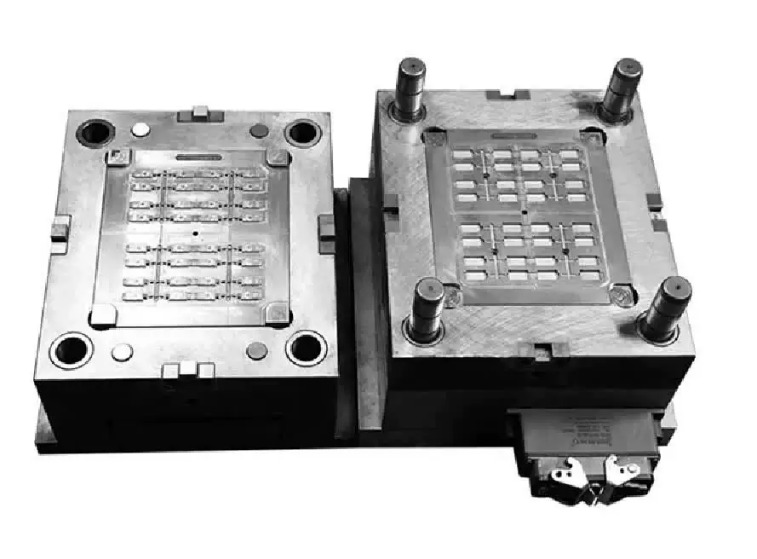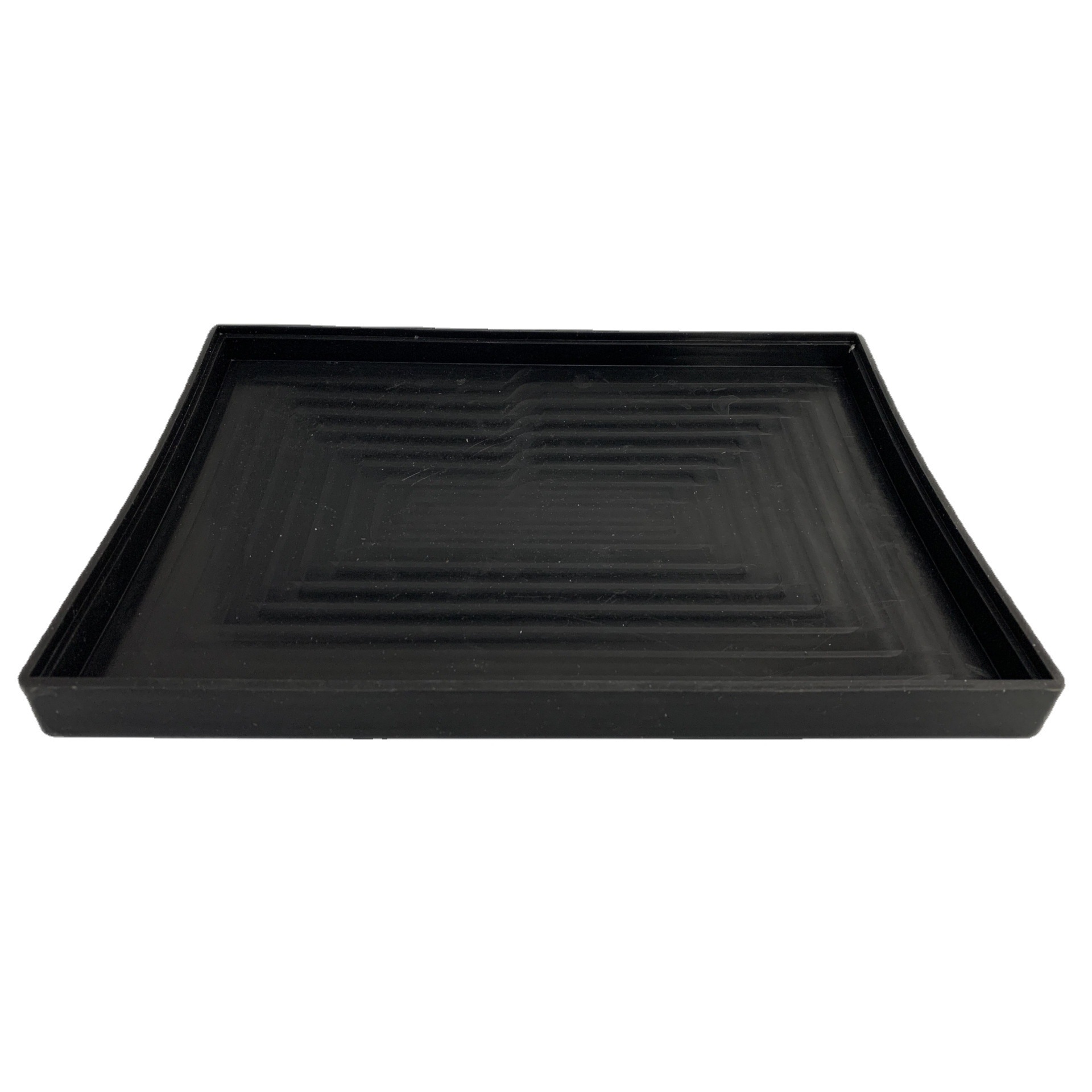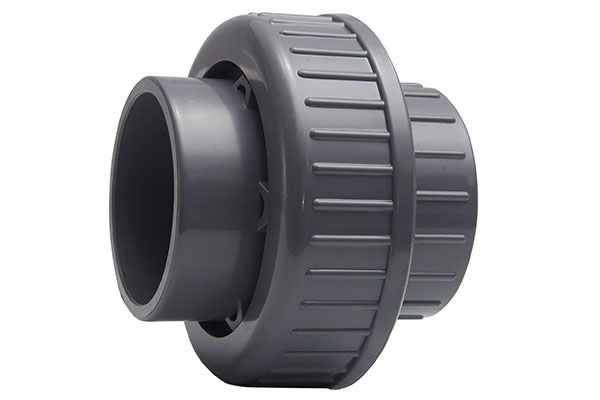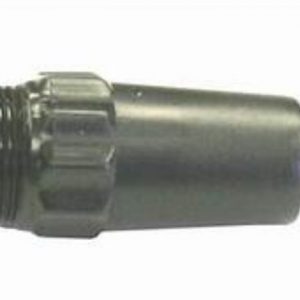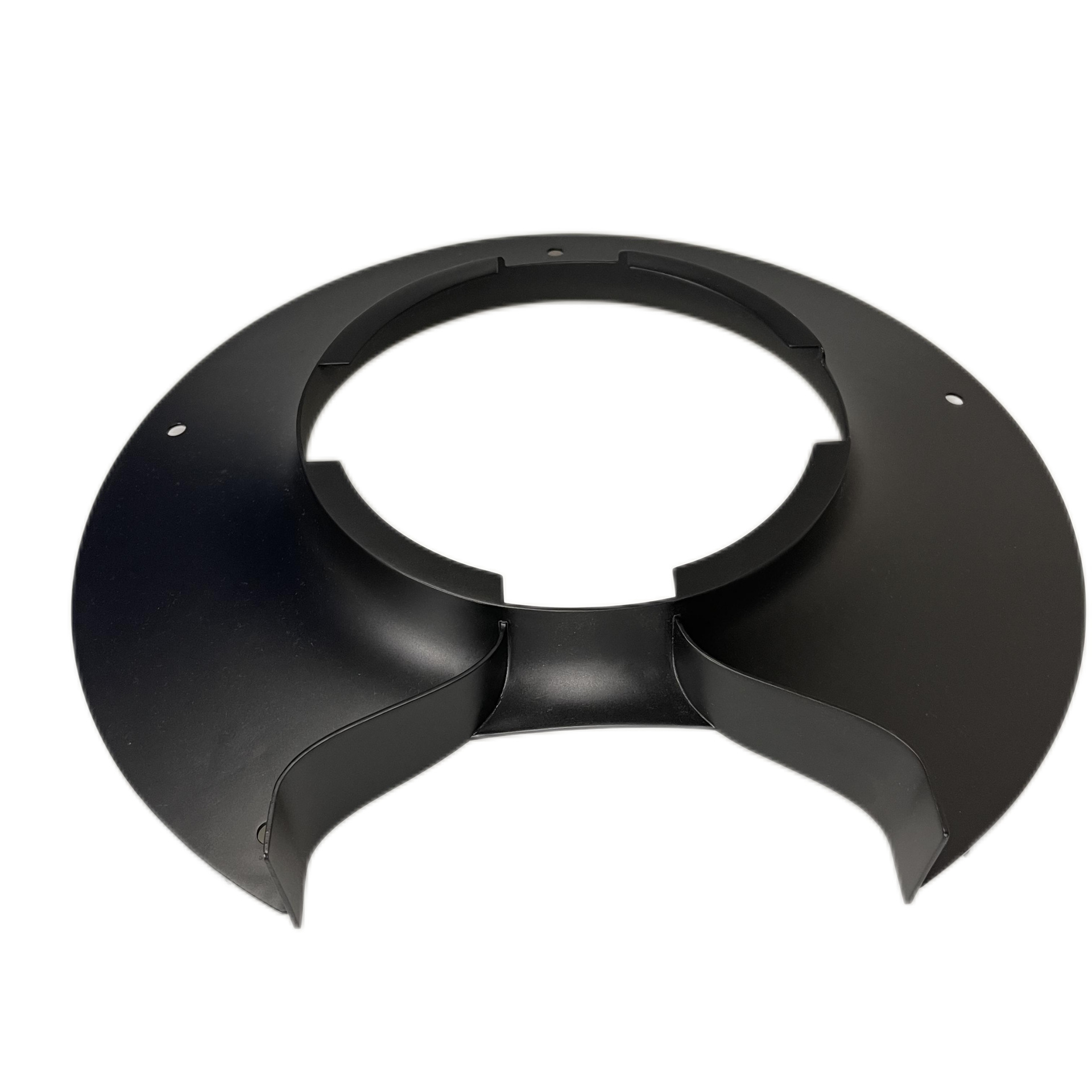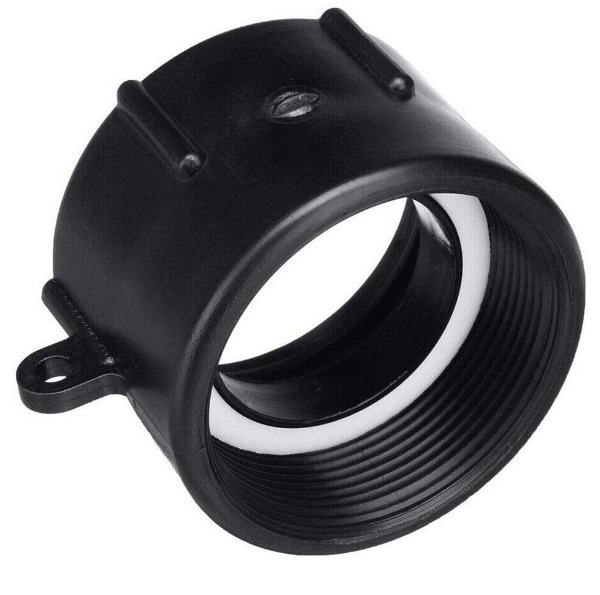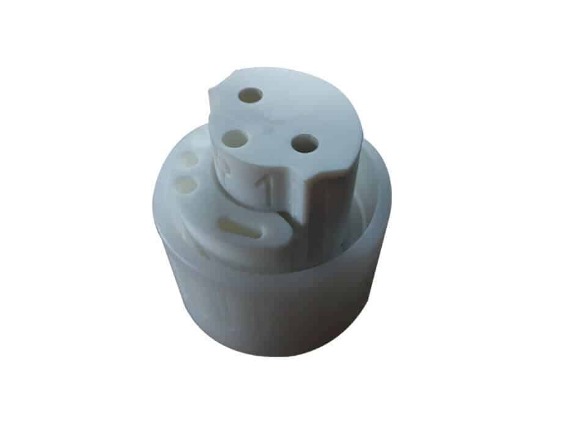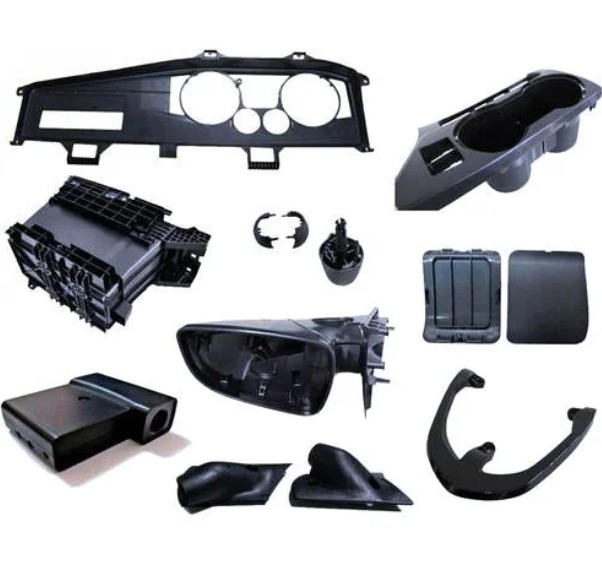What is the Two-Shot Molding Process?
The Two-Shot Molding Process, also known as 2K molding, is a specialized manufacturing technique that combines two different materials, often two types of plastic or two different colors of the same plastic, into a single, unified product in a single manufacturing cycle. This is achieved using a special injection molding machine equipped with two injection units and a unique mold design.
A common example of a product made using the Two-Shot Molding Process is a toothbrush. The body of the toothbrush is typically made from a hard, rigid plastic that provides structural integrity and stability. The grip area, on the other hand, is made from a soft, rubber - like material, usually a type of thermoplastic elastomer (TPE). This soft material offers a better grip, especially when hands are wet, enhancing the user experience. By using the two - shot molding process, these two different materials are combined into one seamless product in a single manufacturing step, eliminating the need for additional assembly processes.
The Mechanics Behind Two-Shot Molding
The Machinery Involved
At the heart of the two - shot molding process is a specialized two - shot injection molding machine. This machine is distinct from a standard injection molding machine due to its unique features that enable the combination of two materials in one cycle.
Two Injection Units: A two - shot injection molding machine is equipped with two independent injection units. Each unit has its own barrel, screw, and nozzle. The first injection unit is responsible for injecting the primary material, while the second unit injects the secondary material. For example, in the production of a keycap with a colored insert, the first injection unit might inject a clear, durable plastic for the main body of the keycap, and the second unit injects a colored plastic for the letter or symbol on the keycap.
Rotating or Moving Mold Structure: There are different types of mold mechanisms used in two - shot molding. One common type is the rotating mold. The mold is designed in such a way that after the first injection, the mold can rotate 180 degrees. This rotation exposes the partially - formed product to the second injection unit. Another type is the sliding mold, where instead of rotating, a part of the mold slides to a new position for the second injection. This movement ensures that the second material can be precisely injected onto the first - injected material, creating a seamless bond between the two.
The Step - by - Step Process
- First Injection:
- The mold is closed, and the first injection unit injects the first material into the mold cavity. The injection pressure, speed, and temperature are carefully controlled to ensure that the material fills the cavity evenly. For instance, if the product is a soft - gripped tool handle, the first injection might be a hard plastic like acrylonitrile - butadiene - styrene (ABS) that forms the basic structure of the handle. The injection pressure could be around 80 - 120 MPa, and the temperature for ABS is typically in the range of 200 - 240°C.
- Mold Rotation or Movement:
- Once the first material has cooled and solidified enough to maintain its shape, the mold undergoes rotation or movement. In a rotating mold setup, it rotates 180 degrees in a matter of seconds, usually within 2 - 5 seconds depending on the machine and the mold design. This rotation positions the partially - formed product in front of the second injection unit.
- Second Injection:
- The second injection unit then injects the second material onto the first - injected product. The second material must bond well with the first. For the soft - gripped tool handle example, the second injection would be a soft thermoplastic elastomer (TPE) for the grip area. The injection parameters for the TPE, such as pressure (usually lower, around 30 - 60 MPa) and temperature (around 150 - 180°C), are adjusted according to its material properties. The second material flows around and adheres to the first - injected hard plastic, creating a single, unified product.
- Final Demolding:
- After the second material has cooled and solidified, the mold opens, and the finished two - shot molded product is ejected. This is usually done using ejector pins or other demolding mechanisms. The cycle then repeats for the next product.
To better visualize this process, consider the following flowchart:
| Step | Description |
| 1 | Close mold. Inject first material with injection unit 1. |
| 2 | Cool first material (for about 10 - 20 seconds). |
| 3 | Rotate or move mold. |
| 4 | Inject second material with injection unit 2. |
| 5 | Cool second material (for about 10 - 20 seconds). |
| 6 | Open mold and eject finished product. |
Yigu Technology's Insights
As a non - standard plastic metal products custom Supplier, Yigu Technology has extensive experience in the Two - Shot Molding Process. We have successfully applied this process in various product developments, leveraging its advantages to create high - quality, innovative products.
One of our key strengths lies in our in - depth understanding of material compatibility. We carefully select materials that bond well together, ensuring the integrity and durability of the final product. For example, in a recent project for a handheld device component, we paired a rigid polycarbonate (PC) with a soft thermoplastic elastomer (TPE). The result was a component that provided both the necessary structural support and a comfortable, non - slip grip.
Our state - of - the - art equipment and skilled engineering team enable us to precisely control the injection parameters. This precision ensures that each product meets the strictest quality standards, with consistent material distribution and minimal defects. Whether it's a small, intricate part or a larger, more complex component, Yigu Technology has the expertise to deliver outstanding results with the Two - Shot Molding Process.
FAQ about Two-Shot Molding Process
1. What types of materials are commonly used in two - shot molding?
Commonly used materials in two - shot molding include acrylonitrile - butadiene - styrene (ABS) paired with thermoplastic elastomers (TPE). ABS is a rigid and strong plastic, widely used in the automotive, electronics, and appliance industries. It provides a stable base structure. TPE, on the other hand, is soft and elastic, often used for grips, seals, and flexible components. Another common combination is polypropylene (PP) with silicone. PP is lightweight, chemical - resistant, and has good heat resistance, making it suitable for various consumer products. Silicone offers excellent flexibility, heat resistance, and biocompatibility, which is ideal for products like baby bottle nipples or medical devices. The choice of materials depends on the product's function, end - use environment, and required mechanical properties. For example, if a product needs to be used in a high - temperature environment, materials with high heat resistance like polycarbonate (PC) might be considered for one of the shots.
2. How much does it cost to set up a two - shot molding production line?
The cost to set up a two - shot molding production line can vary significantly. A basic two - shot injection molding machine can cost anywhere from \(100,000 to \)500,000, depending on the machine's size, brand, and capabilities. High - end machines with advanced features such as precise temperature control and high - speed injection can be even more expensive. The cost of molds is also a major factor. Custom - designed molds for two - shot molding can range from \(10,000 to \)100,000 or more, depending on the complexity of the mold design, the materials used for the mold, and the number of cavities. Material costs depend on the types of plastics or other materials used. Additionally, costs for installation, training, and initial production run testing should be considered. Overall, setting up a small - scale two - shot molding production line can cost around \(200,000 - \)500,000, while a larger, more advanced production line could cost well over $1 million.
3. Can two - shot molding be used for large - scale production?
Yes, two - shot molding can be used for large - scale production. It offers several advantages for high - volume manufacturing. First, the production efficiency is relatively high. Since both materials are injected in a single cycle, it reduces the overall production time compared to multi - step assembly processes. For example, in the production of cell phone cases with a soft inner lining and a hard outer shell, two - shot molding can produce a large number of cases per hour. Second, the quality stability is good. The one - step molding process reduces the risk of misalignment or detachment that could occur in an assembled product. This results in a higher - quality product with fewer defects, which is crucial for large - scale production where consistency is key. Many automotive interior components, such as dashboard parts with soft - touch surfaces and rigid structural elements, are produced in large quantities using two - shot molding.

